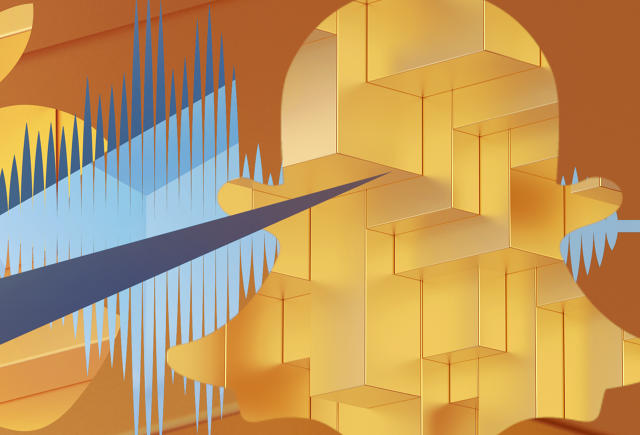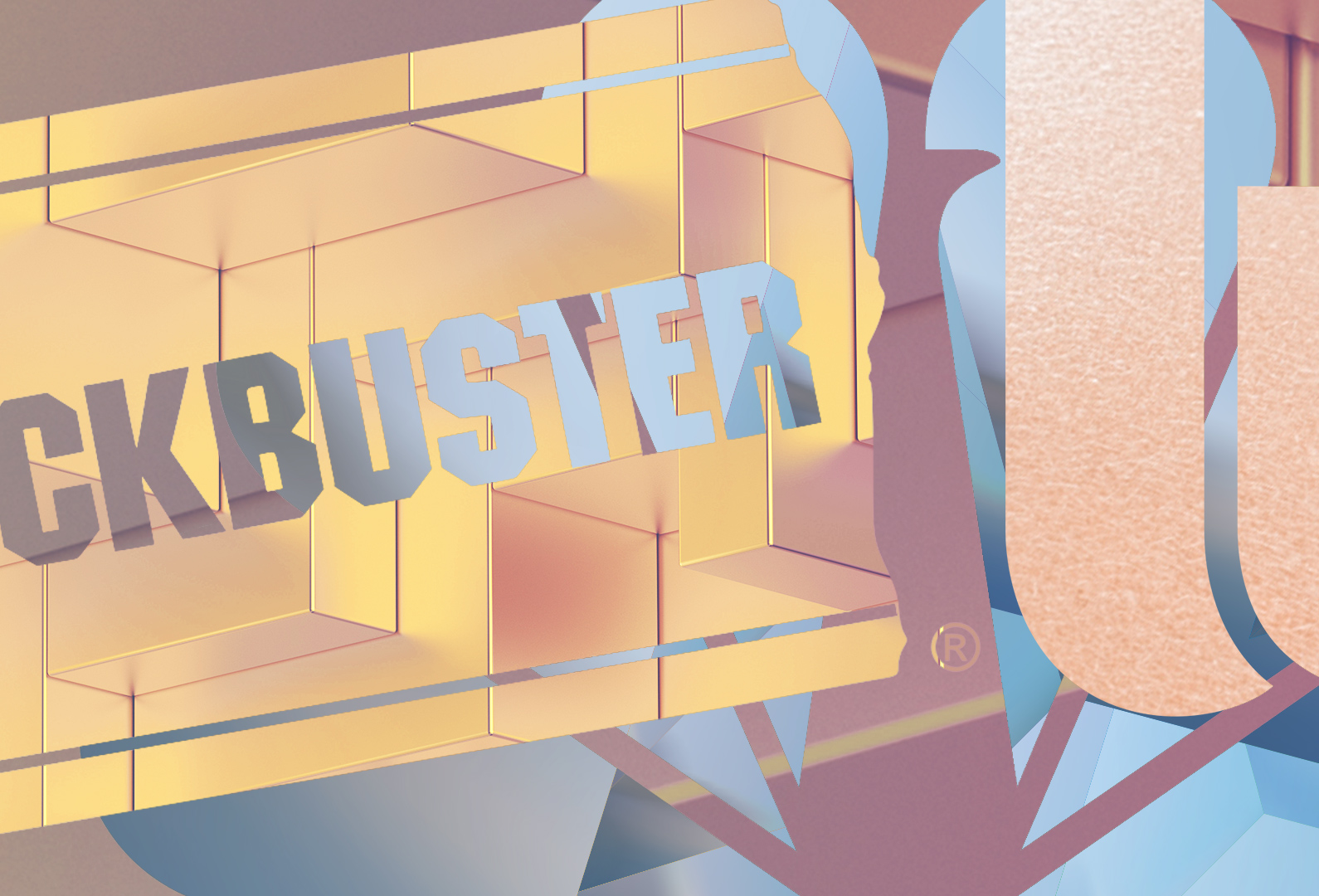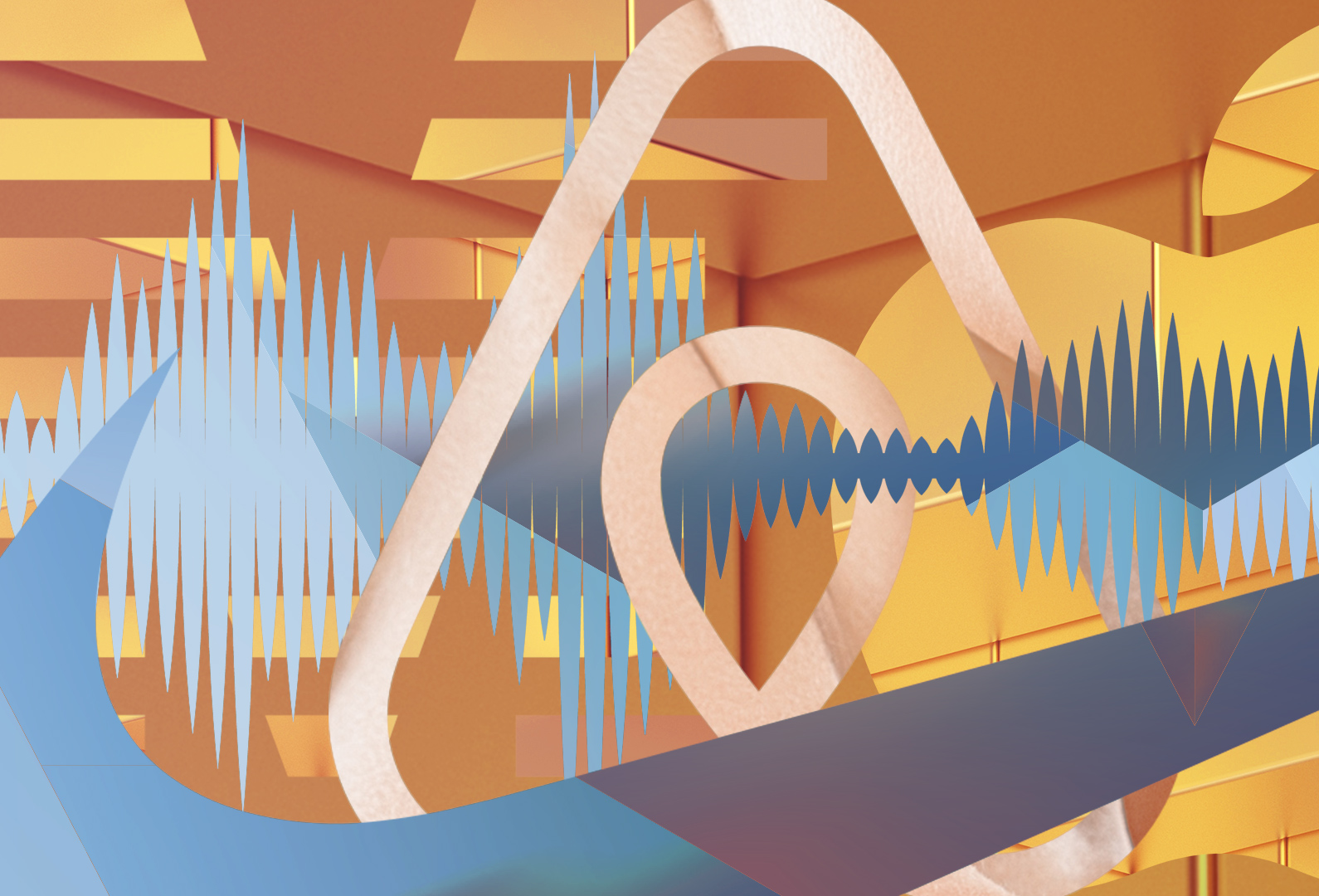Branding experts share 10 trends that could shape the next five years.
![[Illustrations: utkamandarinka/iStock, thebackground/iStock, wacomka/iStock][/utkamandarinka]](https://b.fastcompany.net/multisite_files/fastcompany/imagecache/w/939/h/528/scale/poster/2017/02/3067082-poster-p-1-brands-will-hack-your-body-tktkt-branding-trends-in-2022.jpg)
[Illustrations: utkamandarinka/iStock, thebackground/iStock, wacomka/iStock][/utkamandarinka]
Of course, this could be construed as a tremendous invasion of privacy—a dystopian vision in which the separation between who we are and what we buy dissolves into the ether. Will consumers blindly hand over their data, or will they mount a counter-offensive, forcing companies to rethink their approach? It’s impossible to know, just as it’s impossible to accurately predict what will happen tomorrow, let alone five years from now. With that in mind, don’t take these forecasts too seriously. But just in case: You might want to stock up on tinfoil hats.

BRANDS WILL HACK YOUR BODY
“We’ll see the first wave of brands trusted to live in our bodies. The old obsession with removing friction from our lives, and seamless UX, will be behind us. In its place, we’ll see a widespread hacking mentality. We’ll be tinkering with a familiar machine, our own bodies—creating opportunity for brands that not only help us monitor ourselves, but actually modify us. Designers have already envisioned ways technology can augment the skin. It’s not hard to imagine wearables like Philips Vibe or Fitbit becoming smaller to the point of being embeddable within the body. Epicenter, an office center in Sweden, also famously offered RFID chips as implants for people who work in its building. This is in the realm of the experimental at the moment, but the trend will be toward making devices smaller and lower impact. I can imagine all kinds of brands that will want to understand how [these technologies]extend into the realm of the body.”—Melanie McShane, head of strategy in New York, Wolff Olins
EVERY PERSON WILL HAVE HIS OR HER OWN LOGO
“Logo design and branding have reached such saturation in our society and economy that even your kid’s math tutor has a logo. The only next step from here is everybody having a personal logo. We’re already close: People choose avatars to represent them in social media, monograms to represent their belongings, and the trend is toward consistency across platforms. It only makes sense that people will want their graphic representations to be simple and effective—and that gets you into the realm of the personal logo.”—Sagi Haviv, partner, Chermayeff & Geismar & Haviv

BRANDS WILL LET YOU DESIGN YOUR OWN “BRAND WITHIN THE BRAND”
“In five years, products will no longer be bought off the shelf. Rather, individuals will create personalized versions of products, developing their own ‘brands within brands’ in the process. By way of example, I will no longer buy a standard Nike Free Run, but rather order up the Geoff Cook Free Run as designed by me. Micro-commerce will thrive, with friends, family, and social acquaintances buying into a given individual’s brand. Those who possess exceptional taste and talent will develop loyal followers (like PewDiePie) and rise to the top. As a result, identity will become more fluid, needing to become more accommodating to the vast numbers of people who interact with a brand.”—Geoff Cook, partner, Base
THE “AGE OF YOU” WILL ARRIVE
“The inextricable link between brand and business will become integral to growth, acceleration, and differentiation. The now-maturing startups that have leapt ahead set the standard with founders that inherently understood that the ‘brand is the business’ from day zero. This hard-wiring into systems, experiences, technology, and people will mean greater ability to build deep and personal relationships, soon to be accelerated by AI and the rise of digital assistants. This will drive new levels of, and expectations for, personalization. The ‘Age of You’ is about to become our everyday reality.”—Jez Frampton, global CEO, Interbrand
BRANDS WILL MARKET THEMSELVES TO MACHINES
“Machines make many decisions on our behalf, and as big brands write the decision rules for soon-to-be-essential assistants (Alexa, Siri, Erica, and any of Facebook’s myriad bots), brands must realize that, in the very near future, before they even get to a customer, they’ll have to appeal to a machine. Call it SEO on steroids. More abstract measures like trust and a company’s track record may give way to more quantifiable traits like quality scores and customer ratings. The key question is: How can your brand be most appealing when decision-making is simplified by machines?”—John Marshall, chief strategy and innovation officer, Lippincott

ARTIFICIAL INTELLIGENCE WILL BUILD BRANDS
“There’s a great likelihood that by 2022 artificial intelligence will be able to create brand identities and experiences. This might involve inputting a combination of sector, characteristics, and values that you want to express and being presented with variety of options that can be fine-tuned manually. Also, with advancements in 3D rendering software, AI will most likely be able to imitate photography, illustration, and moving images in a variety of scenarios. Production and artwork will be automated. As a result, the standard of people’s creativity will be elevated with a much stronger emphasis on originality, imagination, and ingenuity—leaving AI to do the rest. Design education will be fiercely focused on ideas and creativity.—James Trump, creative director, Moving Brands San Francisco
BRANDS WILL LIVE ON AFTER THEY DIE
“As the economy ripples from the effects of disruptive technology, we will witness volatile rises and falls of brands. Twelve years ago, nobody had heard of “The Facebook,” but today it is a Fortune No. 157 company. Snapchat is on the precipice of becoming a social media juggernaut and ultimately sent Vine to an early grave. The list of brand failures goes on— Scion, Sports Authority, Pets.com, Montgomery Wards, Borders, and Blockbuster Video. In the past, when a business folded, it physically closed. However, with brand deaths in the digital age, what will happen to the experiences, communications, customer data, and associated information left behind? Brands of the future will invariably need contingency plans to ensure customer data is not jeopardized when a company dies.”—Jason Cieslak, Pacific Rim president, Siegel+Gale
BRANDS WILL DEVELOP LIKE MEMES
“There will be major brands that develop like memes. They will not be created by businesses or organizations but rather crowdsourced cultural phenomena with no formal leadership or management (similar to political movements like the Tea Party and Occupy Wall Street). Businesses will work to serve these brands (and their communities) by creating products, services, or experiences that reflect the brand’s values and unique cultural, stylistic attributes. Some businesses will succeed at this while others will fail as judged by their social and market performance. Interestingly, businesses will increasingly become suppliers to brands rather than suppliers of brands.”—Thomas Ordahl, chief strategy officer, Landor

EXPERIENCE WILL REPLACE IDENTITY
“As brand identity becomes more mutable and more and more companies come to life in a quickening cycle, the value of the unwavering ‘mark’ will diminish. As a result, corporations will rely more on the experiences that they deliver than on the identity that adorns their headquarters, website, or app. A seamless series of brand experiences will define the modern brand identity; this can be seen in hospitality where the customer’s experience outweighs the logo, as well as successful digital services that generate brand recognition through micro, consistent, repetitive UI and UX interactions, not from a formal brand identity per se.”—David Schwarz, partner, HUSH

BRANDS WILL GO BACK TO BASICS
“The world has changed more in the past five weeks than almost every so-called expert predicted, so to expect anything other than the unexpected over the next five years would risk missing out on opportunities to influence and make change. What have we seen? We’ve seen that people have a voice and are prepared to use it. We’ve seen that the institutions of state, government, politics, and business are both fallible and open to influence from outside factors to a degree experts couldn’t see or wouldn’t want to imagine.
“Over the next five years, we’ll see further mainstream adoption—or perhaps trial, then a forked road between adoption and rejection—of everyday AI like Google Home and Alexa. We’ll see even more choices—and more channels in which to make choices—than ever before. And that is rife with both potential and danger. Which means that by 2020, I believe there will be a common cry for a return to a more basic, less connected life—fundamentals over extravagance—will rise and unite people. This will result in a world of brands that embraces simple expressions and narratives told in increasingly old-fashioned ways, from visual identities to hallmark experiences. And my hope above all is that real connections, real stories, and real news will lead us to make more informed decisions based on inclusion and love.”—Toby Southgate, worldwide CEO, Brand Union
This article first appeared in www.fastcodesign.com
Seeking to build and grow your brand using the force of consumer insight, strategic foresight, creative disruption and technology prowess? Talk to us at +9714 3867728 or mail: info@groupisd.com or visit www.groupisd.com

